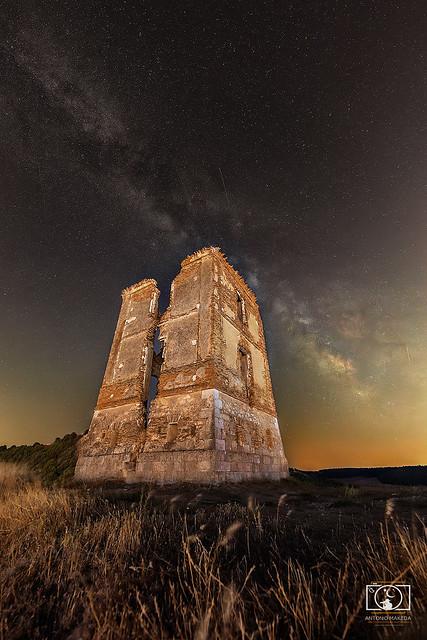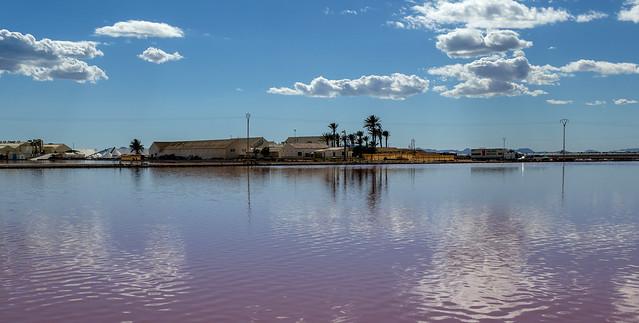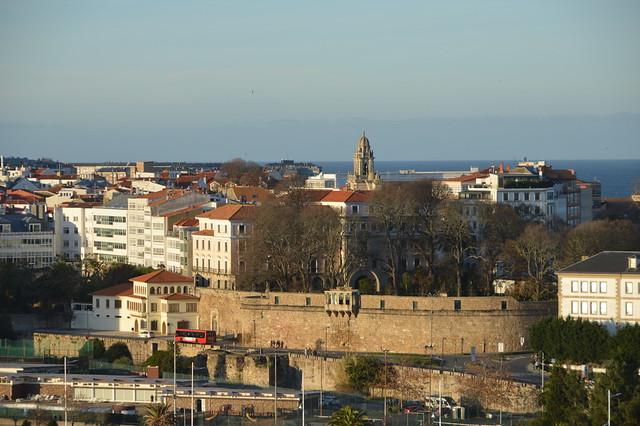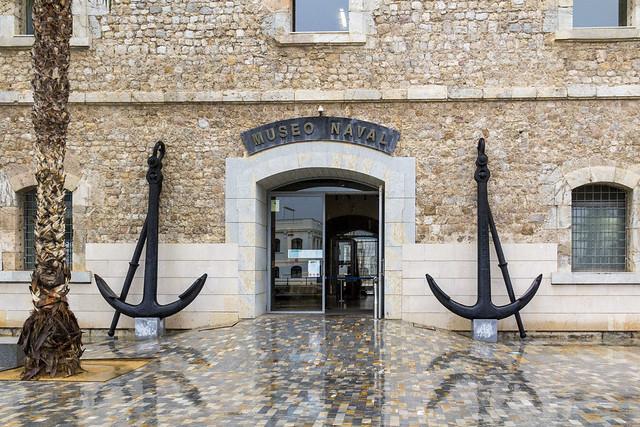Canarias
Overview
Overview of Canarias (Canary Islands), Spain
The Canary Islands, a Spanish archipelago located off the northwest coast of Africa, are a unique blend of Spanish culture with African climate influences. Known for their rugged volcanic landscapes, lush pine forests, and stunning beaches, each island offers a diverse experience. Tenerife, Gran Canaria, Lanzarote, and Fuerteventura are the most visited islands, each with its own distinct character. The rich heritage is reflected in the local music, festivals, and cuisine, which blends Spanish ingredients with African and Latin American influences. The islands are also famous for their historical sites, such as the pre-Hispanic ruins and colonial towns.
Tourism Season and Activities
The high season for tourism in the Canary Islands spans from December to April, aligning with the European winter when visitors seek the mild, pleasant climate that the islands offer. Temperatures during this period hover around 20°C (68°F), ideal for enjoying outdoor activities without the extreme heat found in summer months. This is the perfect time for hiking in the Caldera de Taburiente on La Palma or exploring the lunar landscapes of Timanfaya National Park in Lanzarote. Water sports enthusiasts will find excellent conditions for surfing, windsurfing, and diving, particularly in Fuerteventura and Tenerife.
Preparation for Travel
Before visiting the Canary Islands, travelers should ensure they have valid travel documents; for most tourists, a passport is sufficient, but it's essential to check visa requirements depending on your country of origin. It's advisable to have travel insurance that covers medical expenses and possible trip cancellations. Packing should include both beachwear and attire for cooler evenings, as well as sturdy shoes for those planning to hike. Learning a few basic phrases in Spanish can enhance interactions with locals, although English is widely spoken in tourist areas. Lastly, staying informed about local customs and environmental policies, such as respecting protected natural areas, will make for a more respectful and enjoyable visit.
How It Becomes to This
History not available

You May Like
Explore other interesting states in Spain
Discover More Area
Delve into more destinations within this state and uncover hidden gems.













